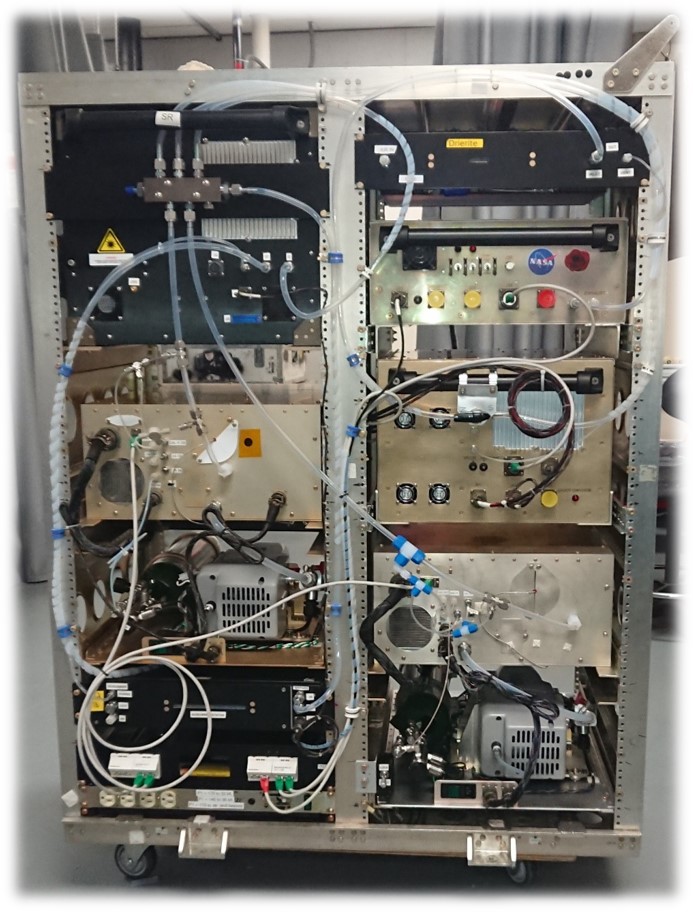
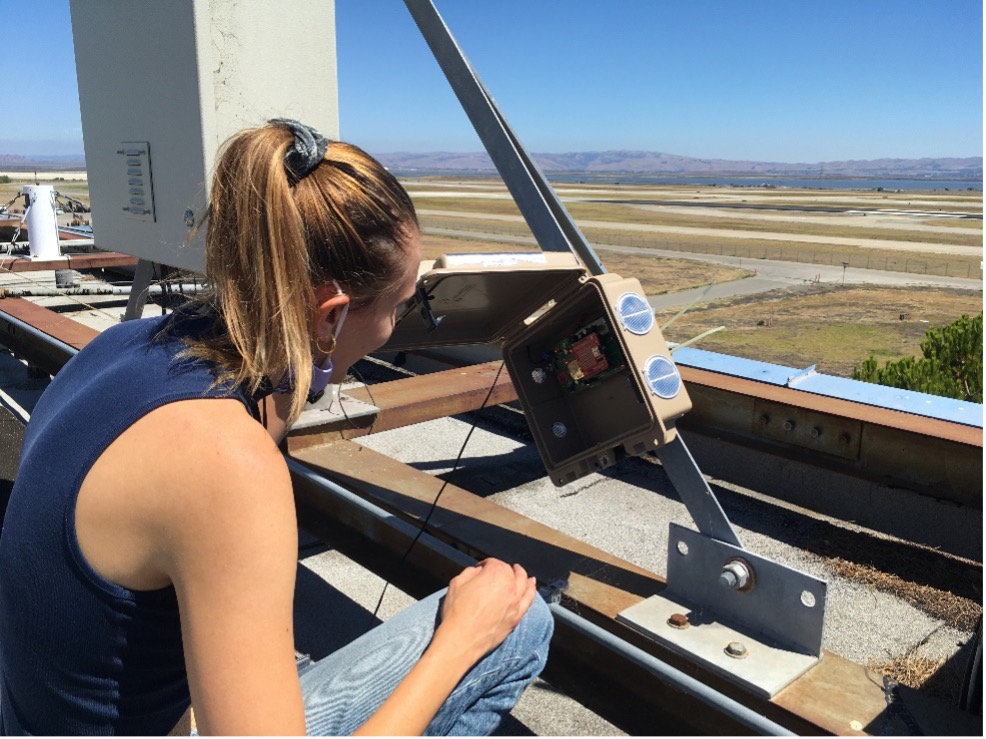

Atmospheric Composition and Dynamics Instruments at Ames
active projects
4
subject matter experts
18
NASA Ames poc
Charles Gatebe
Cloud Absorption Radiometer (CAR)
CAR is a multispectral scanner, designed to operate on various aircraft, such as NASA’s P-3B. It was originally designed for making scattered solar radiation measurements deep within a cloud layer over a wide angular range (190°) for determining the spectral absorption of solar radiation by clouds. It has been used most extensively since 1991 for measuring the bidirectional reflectance-distribution function (BRDF) of a wide variety of terrestrial surfaces as well as clouds and smoke embedded in the atmosphere. CAR’s unique measurement geometry allows a comparison of measurements acquired from different satellite instruments with various geometrical configurations, none of which are capable of obtaining such a complete and nearly instantaneous BRDF. The instrument supported the 2022 SaSa (Student Airborne Science Activation) field campaign aboard the NASA P-3B.
Click here to learn more about CAR about Cloud Absorption Radiometer (CAR)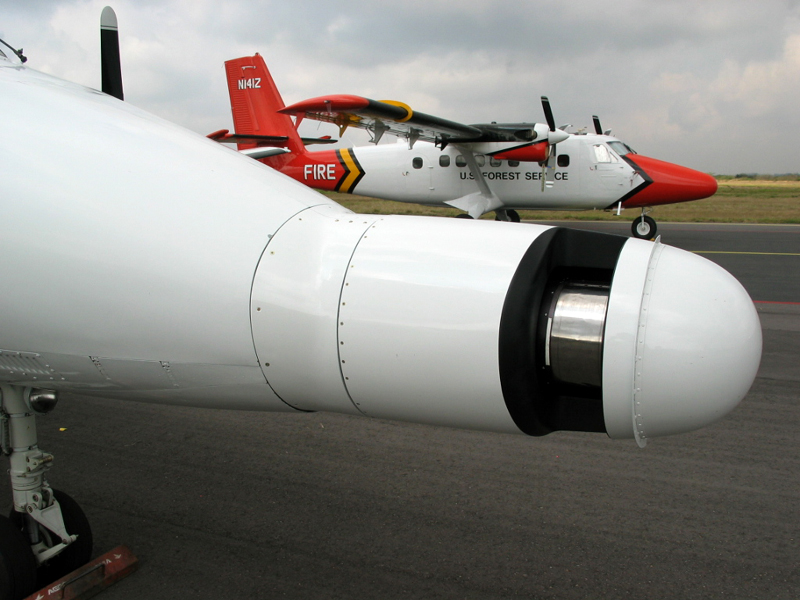
Meteorological Measurement System (MMS)
Named for American rocketry pioneer Dr. Robert H. Goddard, the center was established May 1, 1959, as NASA's first space flight complex.
MMS is a state-of-the-art instrument system that is operated on various NASA aircraft for measuring accurate, high resolution in-situ airborne state parameters (pressure, temperature, turbulence index, and the 3-dimensional wind vector). The MMS system has been used for over 100 publications, and that number continues to grow. This is indicative of the essential contribution of high-quality meteorological information for analyses of aircraft observations.
Click here to learn more about MMS about Meteorological Measurement System (MMS)
Inexpensive Network Sensor Technology for Exploring Pollution (INSTEP)
INSTEP is a network of low-cost gas sensors based on a design from the Hannigan Lab at the University of Colorado Boulder. The INSTEP monitors measure a variety of trace gases (CH4, HCHO, CO, CO2, NO2, O3) and have been placed around the San Francisco Bay and Los Angeles areas for satellite, ground-based remote sensing, and airborne measurement validation.
Click here to learn more about INSTEP about Inexpensive Network Sensor Technology for Exploring Pollution (INSTEP)
Carbon monOxide Measurement from Ames (COMA)
COMA is an Off-Axis Integrated Cavity Output Spectroscopy (OA-ICOS) instrument developed by Los Gatos Research (now ABB Ltd.) and extensively modified for high-altitude airborne in-situ measurements of carbon monoxide (CO) and nitrous oxide (N2O). The instrument supported the 2022 ACCLIP (Asian Summer Monsoon Chemical and CLimate Impact Project) mission aboard the NASA WB-57F.
Click here to learn more about COMA about Carbon monOxide Measurement from Ames (COMA)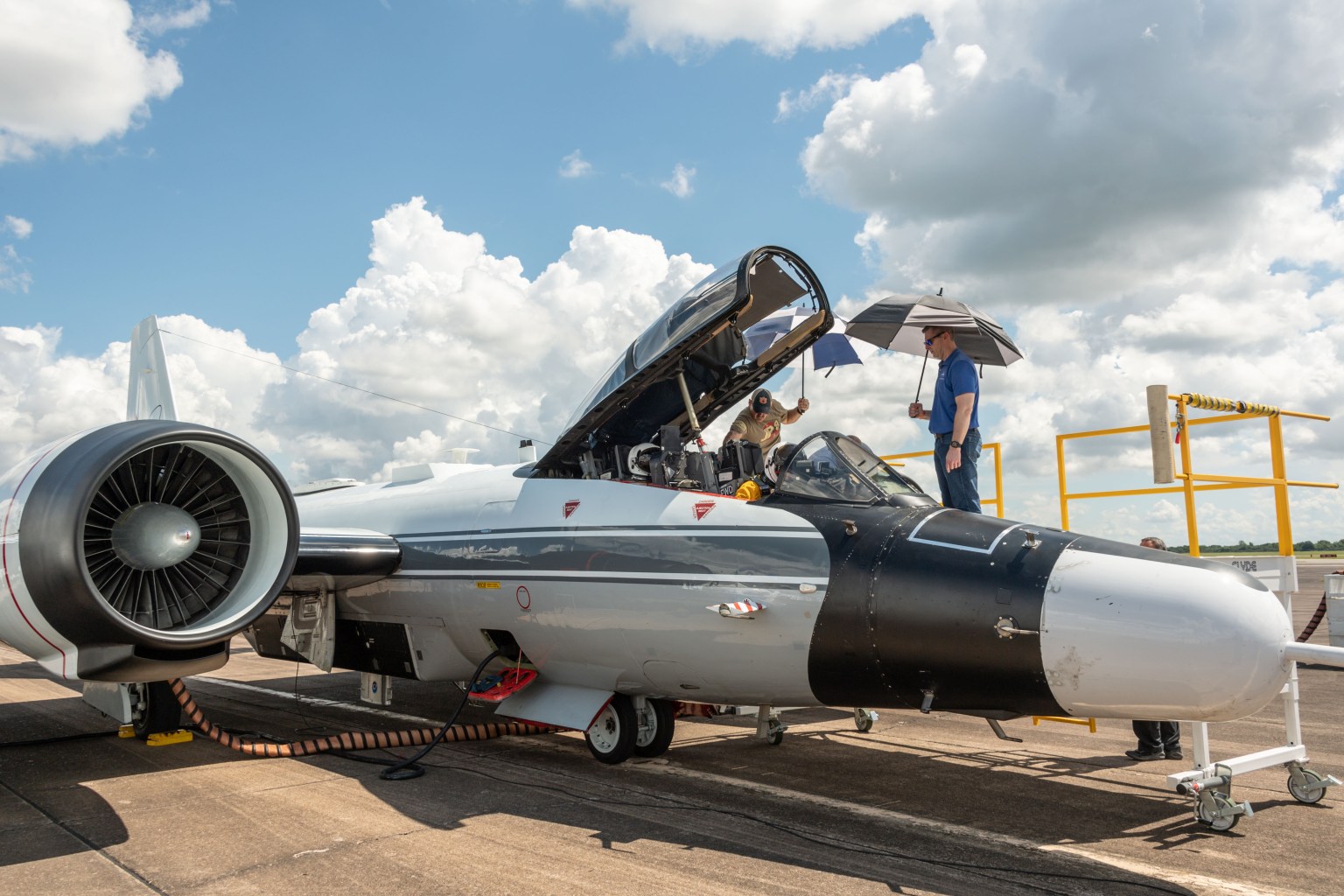
Spectrometer for Sky-Scanning, Sun-Tracking Atmospheric Research (4STAR)
4STAR is an airborne sun-sky spectrophotometer measuring direct solar beam transmittance at various spectral channels between 350 nm and 1650 nm. It is used to quantify properties of various atmospheric constituents such as the spectral aerosol optical depth (AOD), and aerosol intensive properties such as single scattering albedo (SSA), asymmetry parameter, scattering phase function, absorption angstrom exponent, size distribution, and index of refraction.
Click here to learn more about 4STAR about Spectrometer for Sky-Scanning, Sun-Tracking Atmospheric Research (4STAR)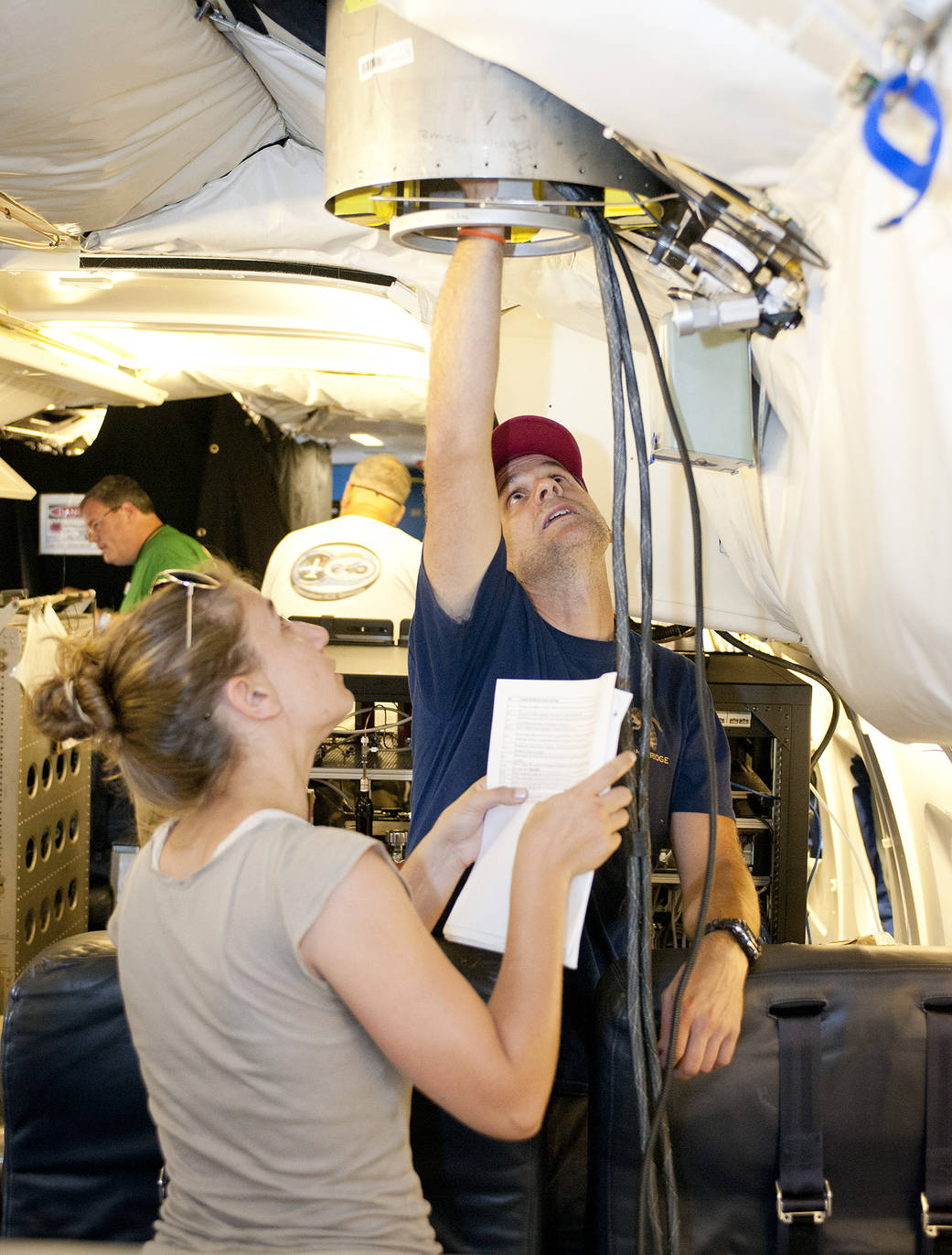
Rapid Ozone Experiment (ROZE)
ROZE is an in-situ instrument capable of measuring ozone (O3) throughout the troposphere and lower stratosphere and more sensitive (500 X) than any commercially available ozone photometer. It can be operated in a range of field environments, including low- and high-altitude research aircraft, and is particularly suited to O3 vertical-flux measurements using the eddy covariance technique.
Click here to learn more about ROZE about Rapid Ozone Experiment (ROZE)